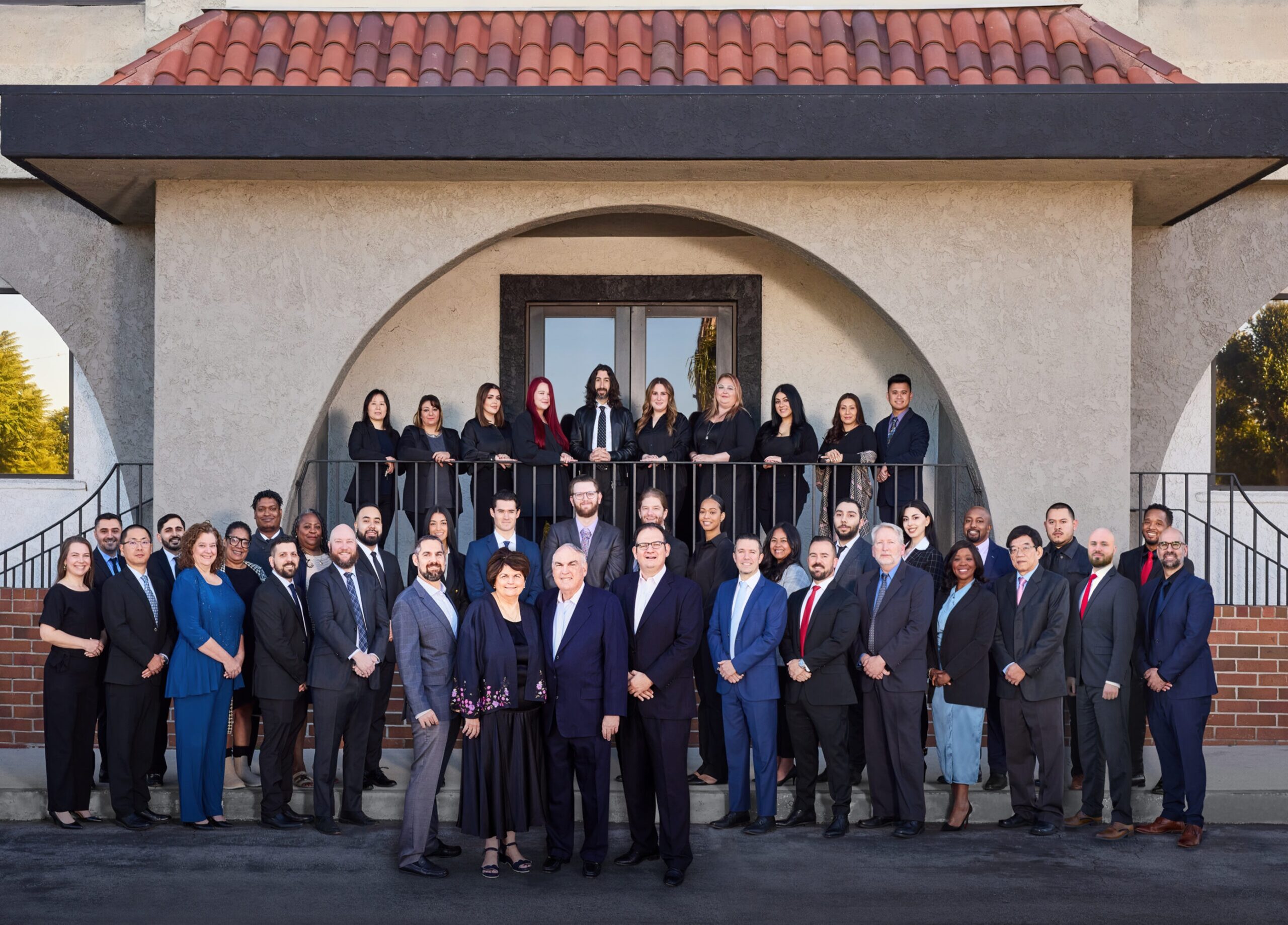Navigating IRS forms can be a daunting task, but with this comprehensive guide, we aim to demystify Form 8824. Form 8824, used for reporting Like-Kind Exchanges under Section 1031 of the Internal Revenue Code, can be a powerful tool for deferring capital gains taxes. Let’s dive in.
Understanding the Basics of Form 8824
Form 8824 primarily deals with the concept of Like-Kind Exchanges. These are exchanges where you trade business or investment properties of a similar kind and defer the capital gain or loss recognition until the replacement property is sold or disposed of in a taxable transaction.
Preparing to Fill Out Form 8824
Before diving into the specifics of the form, it’s crucial to gather all the necessary information. The primary information needed includes:
- Details of the property given up
- Details of the replacement property
- Dates of the exchange and the acquisition
- Fair market value of both properties
- Adjusted basis of the given up property
- Any cash received or paid
- Liability assumed by the other party or yourself
Filling Out Form 8824: A Step-by-Step Process
Part I: Information About the Like-Kind Exchange
- Line 1: Describe the property you gave up and the like-kind property you received.
- Line 2: Enter the date the property was transferred and the date you acquired the replacement property.
- Line 3: If this exchange involved a related party, provide their name, relationship, and address.
Part II: Information Regarding the Given Up and Received Properties
- Line 4-8: Detail the Fair Market Value (FMV), adjusted basis, and realized gain or loss of the property you gave up.
- Line 9-14: Enter the same details for the replacement property received. Also include any cash or debt reduction, if applicable.
Part III: Realized and Recognized Gain, Deferred Gain, and Basis of Like-Kind Property Received
- Line 15-21: Here, you will calculate the realized gain or loss, the recognized gain, and the basis of the like-kind property received. This section helps determine the deferred gain and the adjusted basis for depreciation.
Part IV: Related Party Information (If Applicable)
- Line 22-24: If the exchange involves a related party, provide information about whether the related property was disposed of or the related party got rid of the property received in the exchange within 2 years. If so, the deferred gain might be taxable.
Revisiting Form 8824 Annually
It’s vital to revisit Form 8824 each year following the exchange until the deferred gain is completely recognized. This ensures that your tax obligations are accurately met.
Summary: The Power of Form 8824
In summary, Form 8824, when correctly filled out, can help defer tax on the gain from a like-kind exchange. Although it might seem complicated, this step-by-step guide can help simplify the process.
Remember to consult with a tax professional to ensure you’re fully leveraging the benefits of Form 8824 and accurately reporting the details of your like-kind exchanges. Don’t let the complexity of tax forms intimidate you; with the right guidance, they can become powerful tools in your financial toolkit.

